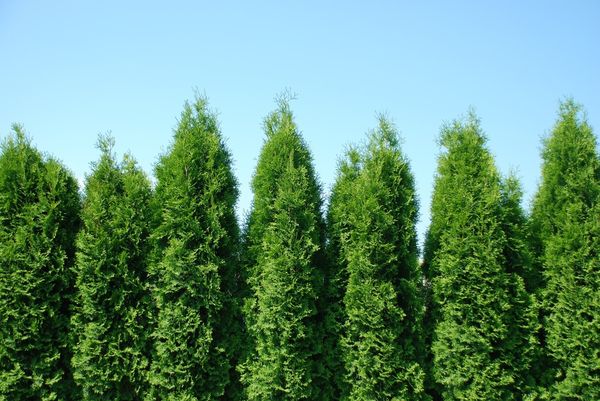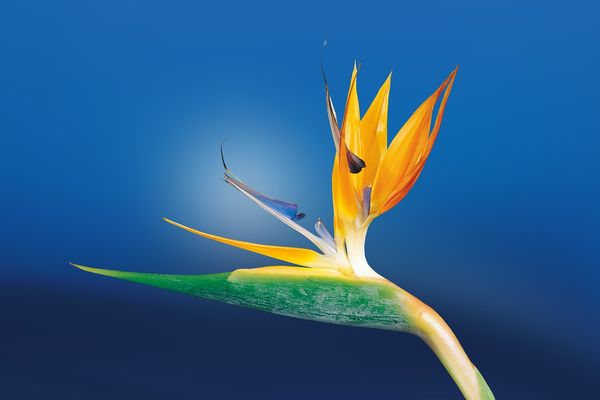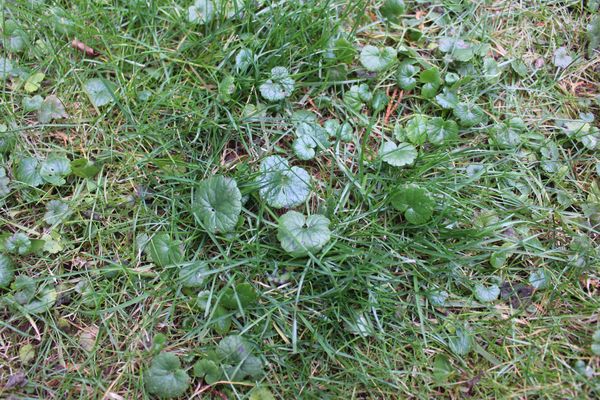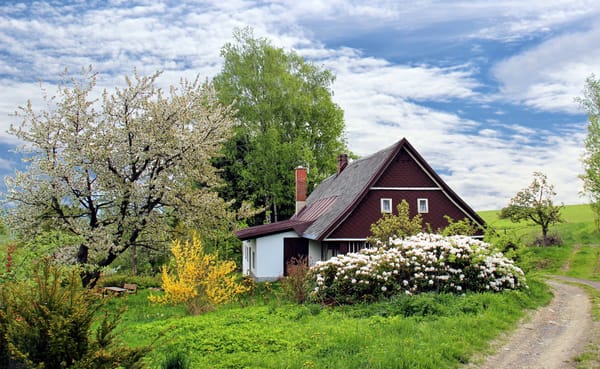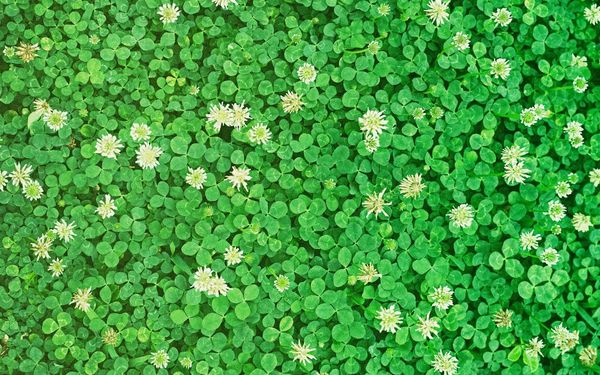Have you ever heard the advice that plant parenthood is all about trial and error and learning your plant babies’ likes and dislikes over time? Well, this is half the truth. Most people learn it the hard way as they experience their plants’ leaves wilting, roots rotting, or worse, their early demise.
Sometimes, there’s little room for experimentation, and other times, it’s just too difficult to make room out of one’s hectic schedule to study each plant’s needs closely. In the rut of daily life, many plant parents share in the accusation of that universal mistake – forgetting to water their house greenery.
Thankfully, you can spare yourself the heartache of losing a beloved plant (especially during the warmer months) with the help of self-watering planters. Not sure what they are? Keep reading as this article discusses the place self-watering planters hold in indoor gardening.
The Saving Grace for Moisture-Loving Flora
Self-watering planters are pots or containers that take the guesswork out of the puzzling “when to water?” question. These pots or planters essentially have four basic components – the potting soil, the water reservoir at the bottom, the growing bed, and the wicking system.
Once you have assembled the parts and fixated the plant into the potting soil, the bottom reservoir delivers water to the plant. The sub-irrigation method used to deliver water directly allows the plant to consume as much water as it requires (at its own pace).
You, as a plant parent, receive visual cues on when the reservoir is empty, and it’s time to refill again. This process takes some of the stress out of the watering process. Some plants require more water than others, but most need a consistent source of moisture. Self-watering pots meet that need from beneath, thereby keeping your plants healthy, happy, and green.
Reasons to Invest in Self-Watering Planters
According to this research, self-watering pots’ market share stood at $302.6 million in 2021 and is currently growing at a CAGR of 8% until it is estimated to be worth $649.6 million in 2031. Most of this demand is driven by residential spaces. This means more and more plant parents are becoming aware of the benefits of self-watering containers, which include –
1. Compatibility with Small Spaces
One common woe of urban living is that plant lovers rarely find optimal space in their studio apartments to incorporate a patch of greenery. Some avoid having indoor plants owing to the fear of making a watery mess.
Self-watering planters enable you to grow indoor plants without worrying about space crunch or water hassles. According to Crescent Garden, good-quality self-watering pots are lightweight and efficient, and they help you gauge the water levels for a timely refill.
Plus, the reservoir does not allow water spillage, and such planters are available in various sizes to suit your needs.
2. Healthy Roots without Water Stagnation
Plant roots require sufficient water for healthy growth. But too much water can cause fungal infections and root rot. The problem of water stagnation at the roots is a common issue with traditional pots, especially when it comes to tropical plants.
This is never the case with self-watering pots because there’s no way to over or under-water the plant. You simply fill water in the reservoir, and the plant draws it as and when it needs it, thereby maintaining healthy roots.
3. Highly Convenient
It is tempting to grow a flourishing indoor garden, but the process is sensitive and time-consuming. Both novice and seasoned plant parents may find it difficult to make time out of their busy schedules to water houseplants regularly.
Self-watering containers take the load off by allowing the plants to look after themselves. High-quality self-watering pots can offer plants a steady water supply for weeks, which means you can easily tick that dream destination off your bucket list!
4. Nutrient Retention
In the case of traditional pots, watering often drains out water from the soil. In this process, most of the soil’s nutrients also get washed off. You need to replenish nutrients with the help of compost or manure.
However, self-watering planters create a closed system where the plant receives water from beneath. Since the soil retains nutrients, you do not have to use manure too often. Plus, the plant draws enough nutrients from the soil as it draws water.
Tips to Exercise Your Green Thumb as a Plant Parent
If you’re new to self-watering planters, the process can seem confusing, but it’s not. You need to start by filling the reservoir with water and attaching it to the pot. Then, add some potting mix and manure into the pot along with your plant. Gently press the soil surrounding the plant and water it for the first time only.
That’s it! The wick provided in the pot will carry water and nutrients to the plant through the soil. These are just the basics of using a self-watering pot. There are some tips you must remember to get the most out of this exercise.
1. Prune the Roots from Time to Time
Lift up the pot from the reservoir to check the plant’s roots regularly. If you notice too many roots completely submerged in the water, it’s time to prune them to prevent rotting.
In case you notice mushy stems and yellow, wilting leaves, the roots have begun to rot. Cut off dead roots, and allow the remaining to go dry for a couple of days before filling the reservoir again. Remember, the roots need moisture, but they must not be completely soaked in water.
2. Ensure There’s a Steady Supply of Water
Just like water stagnation at the roots, you need to avoid a condition where your plant is starving of water. If your planter’s reservoir is not transparent, lift up the pot and check the water levels once every two days. If the levels are significantly lower, refill the reservoir again.
This will also depend upon the climate and the plant’s needs. Arid plants like cacti do not need too much water, especially during the colder months. Tropical plants drink plenty of water during summer, so fill the reservoir accordingly.
3. Watch out for Mosquito Infestation
People often complain that their self-watering planter has become a breeding ground for mosquitoes. This is true because the warm, humid conditions of the reservoir are ideal hatching grounds for mosquitoes’ eggs.
But this mostly happens when the planter is kept outdoors. Some ways to avoid pest infestation are to drain out excess water from time to time, keep the self-watering planters indoors, and grow plants that naturally repel pests, such as citronella, oregano, allium, peppermint, lavender, etc.
4. Do not Worry about Drainage!
Drainage of excess water is a problem associated with traditional planters. Most self-watering pots do not need drainage because the water is supplied upwards through the roots.
But, even if that is needed, your self-watering containers will have drainage holes to ensure water does not stagnate. So, ditch your worries about water drainage!
Houseplants That Will Instantly Upgrade Your Home’s Green Scheme
First things first – do all houseplants thrive in self-watering planters? Most do, especially tropical plants. These plants are unique because they enjoy “wet feet but dry ankles.” Meaning, they enjoy having sufficient moisture at the root level but do not appreciate the potting soil being saturated or drenched.
This allows them to control the rate of transpiration better. Aeration stones or a wicking material are used to absorb extra moisture and create air pockets in the lower layers of the soil. Even cacti and succulents respond well to self-watering planters, provided they receive adequate sunlight. However, if you need a clear list of houseplants that will find the self-watering container a delightful fix to their watering needs, consider this your bonus section!
- The indoor ornamental beauty of African Violets.
- Peace Lilies that require hydration only once a week.
- Devil’s Ivy that is prone to fungal infections and rotting roots
- The semi-aquatic plant of Fiber Optic requires plenty of moisture
- Umbrella Palm, which is another moisture-loving semi-aquatic plant
- Pitcher Plants that thrive well with the help of a drainage facility
- The flavorsome, moisture-loving Basil
- Selaginella, which only thrives in highly humid conditions
Happy Plant-Parenting!
Most amateur and seasoned plant parents are choosing the self-watering route, given their hectic lifestyles. Self-watering pots may lean a little on the costlier side, but their benefits make it worthwhile. Just make sure you use proper potting mix – commercial potting mixes specifically designed for self-watering planters are available, or you can create your own using equal parts coconut coir, compost, perlite, and peat moss.
Try to choose plants that respond well to self-watering planters and invest in high-quality planters. Finally, remember that a self-watering planter is not a set-and-forget system but one that still needs some monitoring at periodic intervals. Keeping these tips in mind will make plant parenting a delightful experience.


